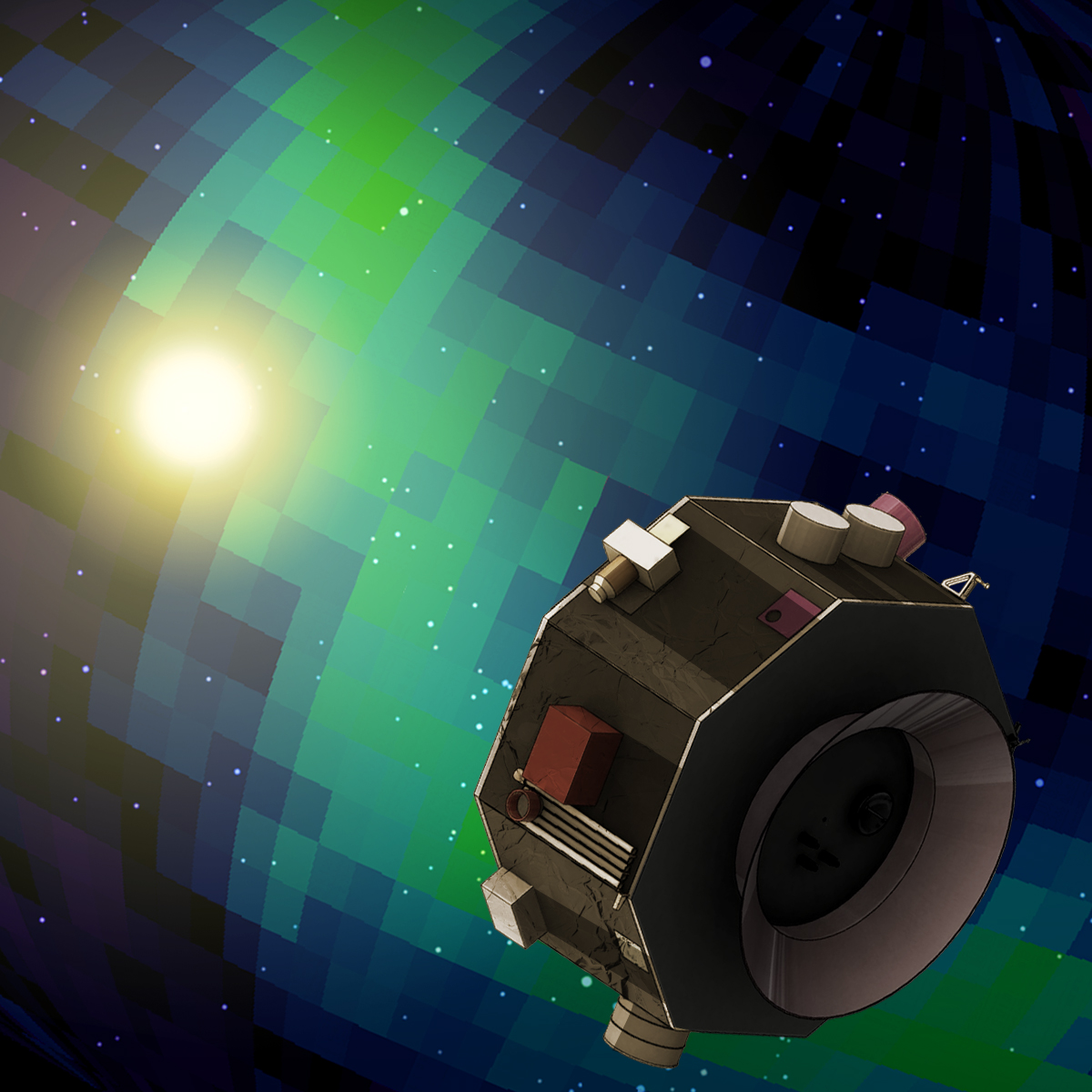
IMAP
About
Interstellar Mapping and Acceleration Probe
The IMAP mission will help researchers better understand the boundary of the heliosphere, a sort of magnetic bubble surrounding and protecting our solar system. This region is where the constant flow of particles from our Sun, called the solar wind, collides with material from the rest of the galaxy. This collision limits the amount of harmful cosmic radiation entering the heliosphere. IMAP will collect and analyze particles that make it through.
Another objective of the mission is to learn more about the generation of cosmic rays in the heliosphere. Cosmic rays created locally and from the galaxy and beyond affect human explorers in space and can harm technological systems and likely play a role in the presence of life itself in the universe.
The spacecraft will be positioned about one million miles (1.5 million kilometers) away from Earth towards the Sun at what is called the first Lagrange point or L1. This will allow the probe to maximize use of its instruments to monitor the interactions between solar wind and the interstellar medium in the outer solar system.
Faculty
IMAP Faculty

Joe Giacalone
Professor
Solar and Heliospheric Research, Theoretical Astrophysics

